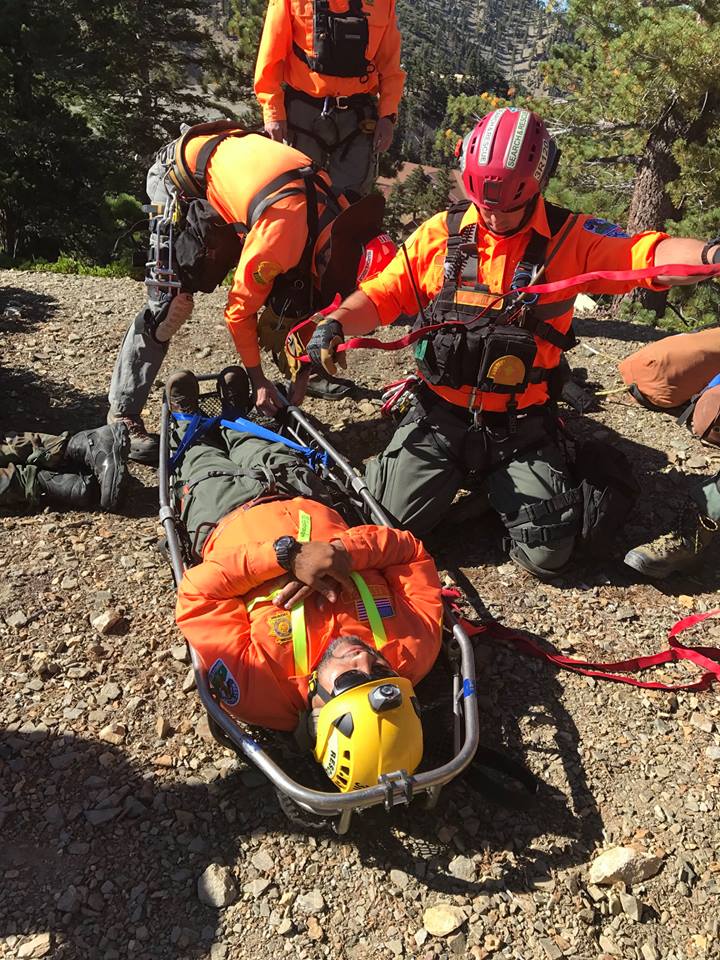The Ten Essentials
Bring These Along
To ensure that you are equipped to deal with an emergency and spend an unforeseen night in the wilderness, experts advise that you carry the following Ten Essential ‘systems’ with you at all times while traveling in the wilderness:

In addition to the ten essentials, an invaluable piece of equipment is a Personal Locator Beacon
A Personal Locator Beacon (PLB) is a portable transmitter capable of sending a personalized emergency distress signal to a network of orbiting satellites. Upon receiving a distress signal from a PLB, these satellites “fix” on the PLB’s location and relay information to the appropriate search and rescue authorities where search and rescue procedures begin. If you use a GPS-compatible PLB, your GPS coordinates are transmitted along with your distress signal, greatly reducing the time it takes to determine your position.
For more detailed information on Personal Locator Beacons, please visit the National Oceanic and Atmospheric Administration (NOAA) Satellite Aided Tracking website.
Important: A Personal Locator Beacon should be activated only in situations of grave and imminent danger, and only as a last resort when all other means of self-rescue have been exhausted.
